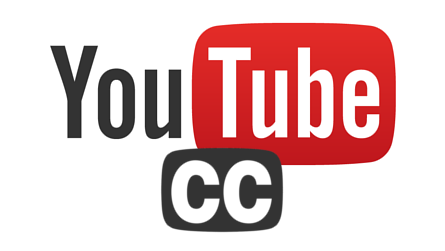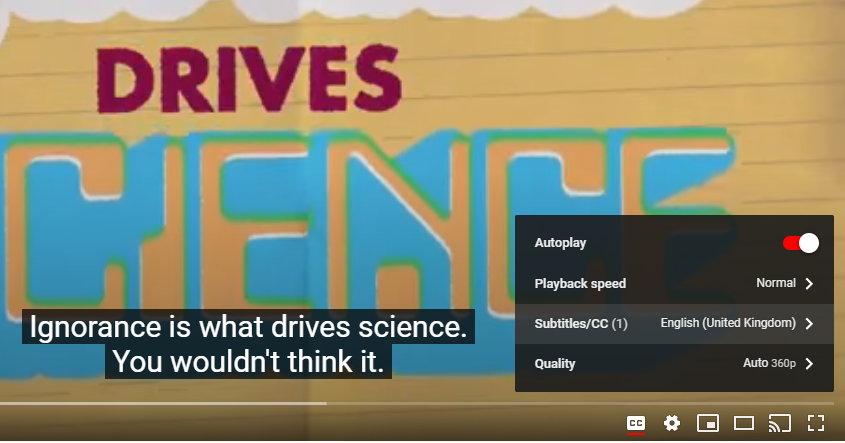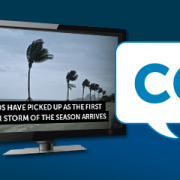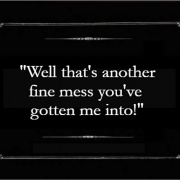Why you should add closed captions to your YouTube videos
When it first started back in 2005, YouTube wasn’t exactly impressive.
The very first video uploaded was by one of the co-founders entitled Me at the zoo, and the 18-second clip now has a ridiculous 100 million views.
Google bought the company less than a year after it launched for 1.65 Billion USD, and now the video platform adds over 500 hours of new footage every minute.
With over 2 Billion users (almost a third of all people on the internet), YouTube is no longer simply a site for funny videos.
The platform is the second largest search engine after Google, and any company with an online presence should have a YouTube account, using it to communicate with their client base.
A big part of uploading videos to YouTube is closed captions, something that is often overlooked.
Why add closed captions to your YouTube videos?
There are many reasons why adding closed captions to your videos, regardless of whether they’re going up on YouTube or not, is a good idea.
Accessibility
In one study by Facebook, it was found that 41% of videos were basically meaningless without sound. This shows just how important dialogue, music, and voice-overs are in videos. If the viewer is deaf or hard of hearing, then those videos are wasted on them.
Captions allow deaf and hard of hearing people to engage with what’s going on, communicating your message, brand, or product to a wider audience.
On top of that, access is a universal right; no one should be at a disadvantage when they don’t have to be. By adding closed captions to your videos, you are showing that your business cares and is willing to go the extra step.
More views
There are two ways captions can help you get more views on YouTube.
The first is simple; more people will watch your video, which leads to greater exposure, which leads to even more people watching your video, which leads to even further exposure, and so on…
Secondly, the captions themselves are a way for search engines to see what the video is about. The SEO bots which trawl websites are just that – bots. They’re not people who sit down and watch videos. They don’t know what your content is, other than what you say about it in the title and description.
These bots can read the captions on your video and know exactly what the content is about, ranking you higher in the search results. This gives you a significant advantage over competing videos which are similar, but don’t have subtitles.
Wider range
A study on television accessibility by Ofcom finds that 80% of people who use closed captions are neither deaf nor hard of hearing.
This isn’t surprising when you think about it.
For a start, the majority of people who watch YouTube aren’t native English speakers, so having the closed captions on is a way for them to better understand what’s happening.
And it’s not just non-English speakers. Facebook’s research showed that captioned video ads increase video view time by an average of 12%. People are simply more engaged when they are reading along with what’s happening.
Add to that, people watching in noisy environments or sitting on public transport watching on their phone, and you start to see why including closed captions on your YouTube videos is so important.
Doesn’t YouTube automatically add captions?
Yes and no.
There is an option to have captions automatically added to YouTube videos, but sometimes it’s not switched on.
Even if it is, there are problems.
These automatic captions are generated by machine learning algorithms, so the quality of the captions can sometimes be very poor.
If the video contains dialogue of a person with a strong accent or someone who mumbles a lot, then the captions will produce many mistakes, leading to overall confusion.
If you want your YouTube videos to be professional looking, then hiring a professional closed captioning company is the way forward.
Contact us today if you would like to know more about how to add closed captions to your YouTube videos.












Leave a Reply
Want to join the discussion?Feel free to contribute!